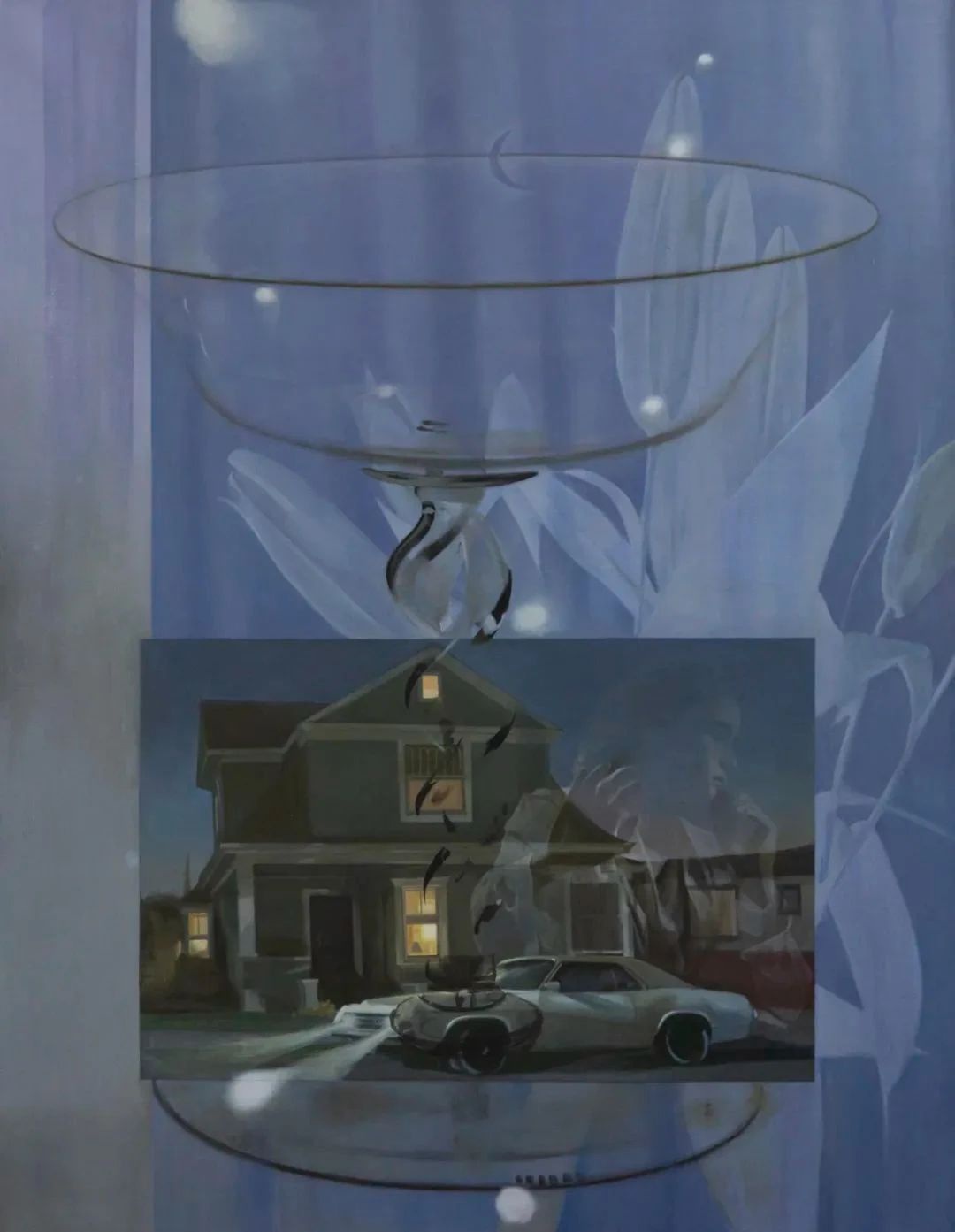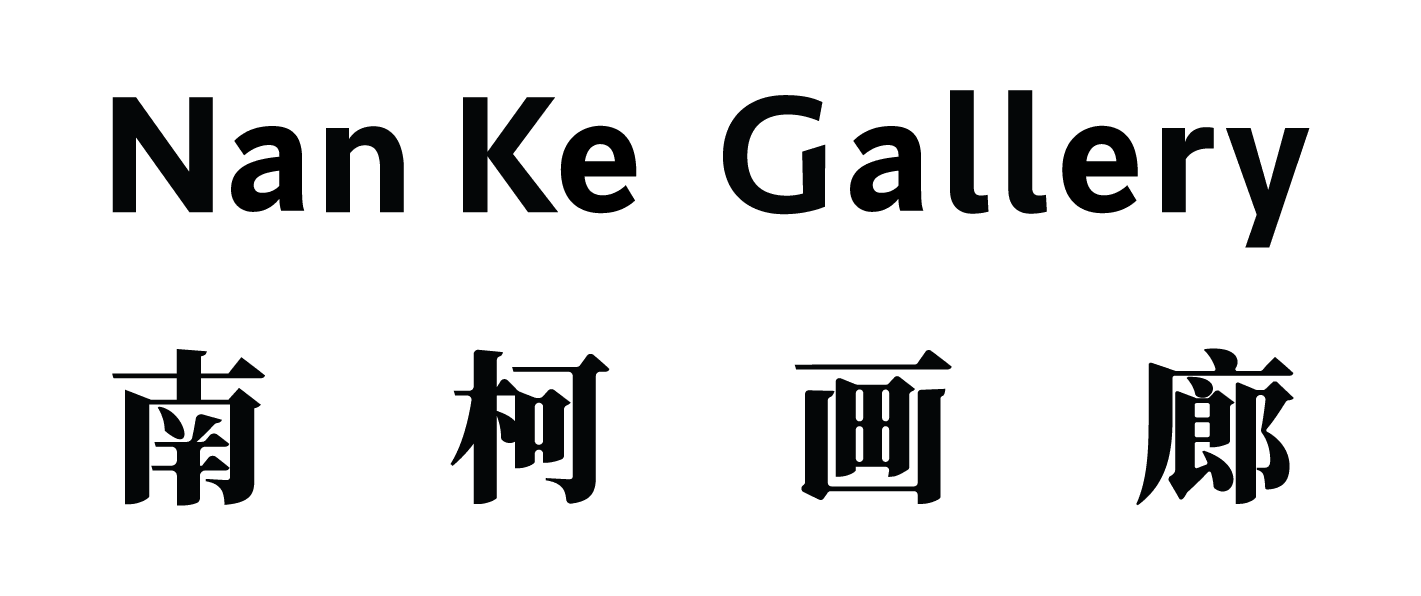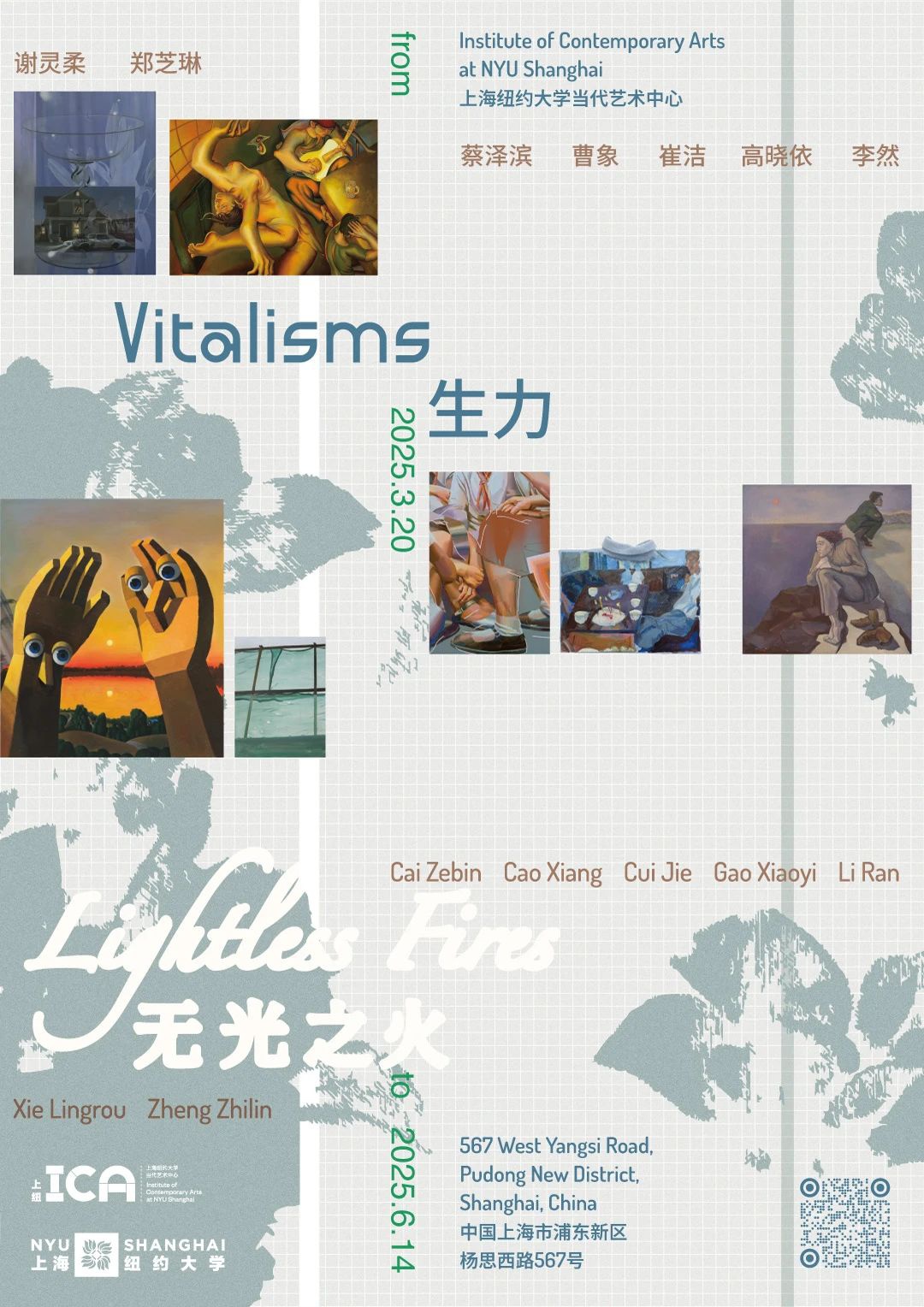Nanke Gallery is pleased to announce represented artists Lingrou Xie's painting will participate in the exhibition "Vitalisms" at Institute of Contemporary Arts at NYU Shanghai, which will be on view until June 14, 2025.
"Vitalisms" is an experimental exhibition and the beginning of a long-term research and education program that explores "historicity" and "value" in contemporary Chinese painting. It explores "historicity" and "value" in contemporary Chinese painting. The artists in this exhibition were all born in China in the 1980s and 1990s, and most of them were educated in China. By focusing on their figurative paintings created in the last five years (i.e. after 2020), we ask the following question:
What is the history of these works? What are the contexts in which they were created? Can they become historical records of individual and collective memory in the future? Will they constitute a counter-hegemonic archive?
 Lingrou Xie
Lingrou XieBefore The Dawn,2023
Oil on canvas
130h x 100w cm
© Courtesy of the artist
The title of the exhibition, "Vitalisms," is derived from the theories of art critic and art historian Isabelle Graw, who argues that painting is special not because it is a medium, but because it is a way of producing symbols that stimulate intense sensory experiences and carry highly personalized qualities. According to her, the specificity of painting lies not in the fact that it is a medium, but in the fact that it is a means of symbolic production, capable of stimulating intense sensory experiences and highly personalized qualities. The pictorial symbols of a painting first present the physical forms of the painting itself. These forms appear on the surface of the painting and are interpreted as traces of creation and "haptic events", which trigger "vitalistic fantasies". Throughout the history of painting, people have constantly projected all kinds of vital imaginations onto the material carrier of painting: it can be an image full of vitality, a medium with mysterious power that can give life to dead things, an artifact that carries traces of the artist's life and sense of existence, or even be regarded as a subject with life.
Can we extend these illusions of vitality even further by considering painting as a reflective subject, making it a medium capable of provoking change, cognitive and reflective? Can painting, created and understood in social and historical conditions, also have an impact on the world itself?
In our discussion of the historicity of painting in "Vitalisms", we are not concerned with the accuracy of the history it depicts, i.e., the ontological question - "What happened?" Historical accuracy can never be fully verified because we cannot observe the past directly. We can only indirectly observe the effects of the past, including painting as a product of culture. When painting is brought to life, whether through the fantasies we project or through the intrinsic properties of its very existence, it is speaking to us, it is having an effect on the world. Painting reproduces our understanding of the world and changes the way we understand it. So what we should really be asking is an epistemological question, "How do we know what is happening?"
March 19, 2025



